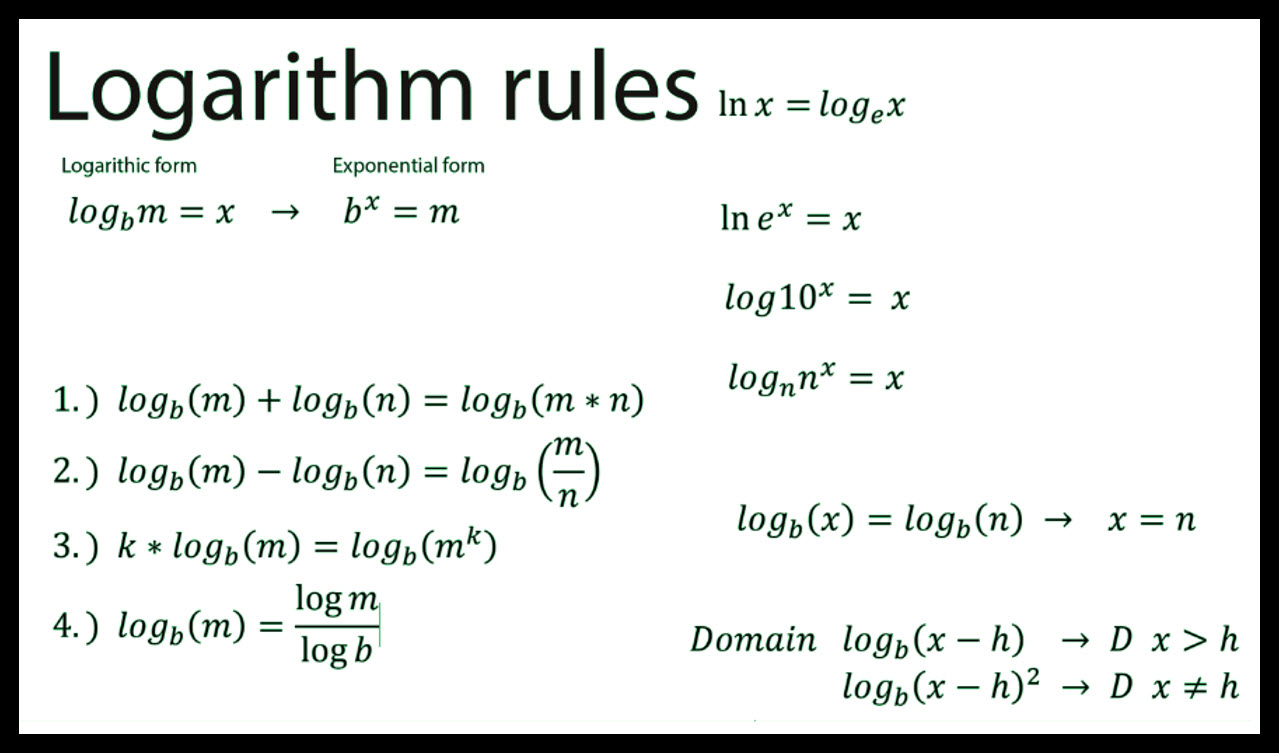Shown in conjunction with a yellow flag to indicate that the virtual safety car is in use. During this time, the drivers are given minimum sector times that they must stay above. The car's time relative to this set time is measured at each marshalling post , and the difference is referred to as the car's "delta" time. This delta time is reported to the driver, and must remain positive throughout the VSC period else the driver will be penalised.GreenNormal racing conditions apply. This is usually shown following a yellow flag to indicate that the hazard has been passed.
A green flag is shown at all stations for the lap following the end of a full-course yellow . A green flag is also shown at the start of a session.YellowIndicates a hazard on or near the track . Double waved yellows inform drivers that they must slow down as marshals are working on or near to the track and drivers should be prepared to stop.Yellow and red stripedSlippery track, due to oil, water, or loose debris. Can be seen 'rocked' from side to side to indicate a small animal on track.BlueA blue flag indicates that the driver in front must let faster cars behind them pass because they are being lapped. If the flag is missed 3 times, the driver could be penalised.WhiteIndicates that there is a slow car ahead.
Often waved at the end of the pit lane when a car is about to leave the pits.Black and orange circleCar is damaged or has a mechanical problem, must return to the pit lane immediately. Will be accompanied by driver's numberHalf black half whiteWarns a driver for poor sportsmanship or dangerous behaviour. The main changes have revolved around what is allowed at pit stops.
In the early days of Grand Prix racing, a driver would be allowed to continue a race in their teammate's car should theirs develop a problem – in the modern era, cars are so carefully fitted to drivers that this has become impossible. In recent years, the emphasis has been on changing refuelling and tyre change regulations. Since the 2010 season, refuelling – which was reintroduced in 1994 – has not been allowed, to encourage less tactical racing following safety concerns.
The rule requiring both compounds of tyre to be used during the race was introduced in 2007, again to encourage racing on the track. The safety car is another relatively recent innovation that reduced the need to deploy the red flag, allowing races to be completed on time for a growing international live television audience. Formula One group placed a cost cap on each team in 2021 of $145 Million throughout the season. This cost cap only applies to performance-based costs like building, optimizing engines, and car structuring, including salaries paid to engineers and other staff. The cost cap also applies to branding, bonuses, hotels, and travel expenses.
Formula One driver salaries are not affected by the cost cap, and teams can pay their drivers as much as they like. Known as "knock-out" qualifying, it is split into three periods, known as Q1, Q2, and Q3. Drivers are allowed as many laps as they wish within each period.
After each period, all times are reset, and only a driver's fastest lap in that period counts. Any timed lap started before the end of that period may be completed, and will count toward that driver's placement. The number of cars eliminated in each period is dependent on the total number of cars entered into the championship. Currently, with 20 cars, Q1 runs for 18 minutes, and eliminates the slowest five drivers. During this period, any driver whose best lap takes longer than 107% of the fastest time in Q1 will not be allowed to start the race without permission from the stewards. Otherwise, all drivers proceed to the race albeit in the worst starting positions.
In Q2, the 15 remaining drivers have 15 minutes to set one of the ten fastest times and proceed to the next period. Finally, Q3 lasts 12 minutes and sees the remaining ten drivers decide the first ten grid positions. At the beginning of the 2016 Formula 1 season, the FIA introduced a new qualifying format, whereby drivers were knocked out every 90 seconds after a certain amount of time had passed in each session.
The aim was to mix up grid positions for the race, but due to unpopularity the FIA reverted to the above qualifying format for the Chinese GP, after running the format for only two races. With few Formula 1 driver salaries publicly available, Forbes relied on financial documents, legal filings and press leaks as well as conversations with industry insiders and consultants to compile this list. Drivers typically receive a base salary plus bonuses for points scored or for race or championship wins, with the amount depending on the size of the team and the experience of the driver. On the track, the McLaren and Williams teams dominated the 1980s and 1990s, with Brabham also being competitive during the early part of the 1980s, winning two Drivers' Championships with Nelson Piquet. The rivalry between racers Ayrton Senna and Alain Prost became F1's central focus during 1988 and continued until Prost retired at the end of 1993.
Senna died at the 1994 San Marino Grand Prix after crashing into a wall on the exit of the notorious curve Tamburello. The FIA worked to improve the sport's safety standards since that weekend, during which Roland Ratzenberger also lost his life in an accident during Saturday qualifying. Since 1994, three track marshals have lost their lives, one at the 2000 Italian Grand Prix, the second at the 2001 Australian Grand Prix and the third at the 2013 Canadian Grand Prix.
Lewis Hamilton, who replaced Michael Schumacher at Mercedes in 2012, has become an icon on the same level as his predecessor. Last year, Hamilton matched Schumacher's record with his seventh F1 drivers' championship, and he has dominated the competition with his earnings the way that Schumacher, the world's highest-paid athlete in 2000 and 2001, once did. The 36-year-old signed a two-year contract extension with Mercedes this summer, following up on a three-year, $140 million deal in 2015 and a two-year, $100 million extension in 2018. He is also the founder of X44, a team in the new off-road electric-SUV racing series Extreme E. Leading the pack is Mercedes superstar Lewis Hamilton, who is on pace to earn $62 million on the track in 2021. That figure includes a $55 million base salary—more than double what his closest competitor is guaranteed—as well as a projected $7 million in bonuses for race wins.
Leading the field is Lewis Hamilton (Mercedes-AMG), with a reported annual salary of $30 million. At the end of the 2020 season, Hamilton was reportedly earning around $40m per year, but his new deal (a one-year contract with the option to extend into 2022) saw him take a reduced salary. Despite him being a seven-time champion and rewriting the sport's record books, it wasn't enough to warrant a hefty paycheck.
And with Williams driver George Russell waiting in the wings to take over, Hamilton had little choice but to agree to the new deal. During this period, the championship rules were changed frequently by the FIA with the intention of improving the on-track action and cutting costs. Team orders, legal since the championship started during 1950, were banned during 2002, after several incidents, in which teams openly manipulated race results, generating negative publicity, most famously by Ferrari at the 2002 Austrian Grand Prix. Other changes included the qualifying format, the points scoring system, the technical regulations, and rules specifying how long engines and tyres must last.
Bridgestone then went on to sign a contract on 20 December 2007 that officially made them the exclusive tyre supplier for the next three seasons. A successful driver in F1 can earn a lot of money, and reports showed in 2021, F1 earned more than $2 billion in revenue. F1 drivers receive additional bonuses through sponsorship opportunities and contractual agreements and endorsements rather than race prize money from F1. Formula One drivers do not receive prize money; their teams pay their salaries.
Generally, the drivers or the teams do not disclose their total earnings. The highest-paid F1 driver is Lewis Hamilton, who earned $65 million from his contract with Mercedes. Are we going to downplay what drivers do by equating it to a few hours or sweat and a marketing commitment, seriously feel free to put your life at risk for the entertainment of other human beings and then don't expect to get paid.
F1 has 20 seats, some people die before they even get a chance at formula 1, because even formula 2 is just as dangerous, the level of skill required here is 1 in hundreds of millions. So yes these drivers deserve every penny and maybe more, because none of these drivers should risking their lives for your amusement without being properly compensated. $1M is way to low, I agree with focusing more on race placements maybe to control salaries, but a base salary I think is a must. Athletes are not slaves that has to give up they lives and time and devote everything for our enjoyment.
The moment salaries are reduced in sports, racing and all these things revert to slavery. Because I can guarantee you would not devote all what you need to become good at any sport and expect minimum wage. That would be like me saying journalism is just a bunch of words put together in a few minutes or photographers are pointless because all you do is press a button. Stop reducing persons skill to just what you see on paper, when there is so much that goes on behind the scenes.
These people are human beings, not your puppets that you have at your beckon call. Empathy is not something that has to be learnt through experience, empathy is something we should have naturally and is disappointing that we as a human race cannot grasp that or relate to something unless we experience that hard ship oursolves. Formula One racing drivers are amongst the world's best paid sporting stars, and the glamour attached to top level motor racing attracts lucrative sponsorship deals and TV deals which pump money into the sport. The role of the mechanics who have responsibility for the performance of cars both during and between races is an essential one.
Whilst their salaries are nowhere near those of the drivers, they earn a decent wage and the opportunity to travel and work in some of the world's top destinations. He's the most successful Formula One racer from Finland, having won 21 Grands Prix, and the only driver to win eras of V10, V8 and hybrid V6 engines. Back in 2008, he was fifth highest paid sportsman according to Forbes. He'll be competing in the 2019 season, with his total career earnings estimated to be $331 Million. It's unclear what will happen with driver salaries next year under the budget cap, though despite their earnings are exempt, it may indicate an overall levelling out of money earned by the drivers at the top of the grid. However, it is likely that as long as Hamilton remains in F1, he will secure his place at the top of this particular list.
How Much Does A Formula 1 Driver Make A Year Although DTM drivers are paid for their races, they are not paid very much. There is no official list of the salaries of DTM drivers, like there are for F1 or NASCAR racers, but the salaries of the top DTM drivers are believed to be similar to those of V8 Supercar Drivers in Australia. The top racers in Australia's racing league are paid as high as $1 million per year. However, this only applies to the top racers, so most racers in the DTM likely make a salary that can be significantly lower than that figure.
Seven-time world champion 36-year-old British driver Lewis Hamilton, who spent his 9th season in Mercedes, has a contract with the team until 2023. Sir Lewis Hamilton, who was awarded the title of Sir for his success in F1, renewed his contract with his team in July of this year. Under this contract, Hamilton will earn a net worth of $45 million annually. In addition, with annual earnings, Hamilton is the 8th highest-paid athlete in the world.
His bonus is paid by contractual agreements and sponsorships rather than from F1. Verstappen is ranked number two on the Forbes list of highest-paid Formula 1 drivers. The professional drivers in Formula sign new deals and shuffle from one team to another with 1st driver opportunity.
According to public report in 2019, formula 1 drivers salaries 25% increase in past five years. Lewis Hamilton currently highest earning Formula 1 driver on annual base salary. In 2018, Hamilton signed two years contract deal with Mercedes Meclarn F1 for ($51 million a year) $100 million total value of contract. Hamilton, who has four wins through ten races, still has time to overtake Verstappen, with the gap in the standings a mere eight points and 12 races remaining on the schedule .
Neither of Alfa Romeo's current drivers, Kimi Räikkönen or Antonio Giovinazzi, have a contract for 2021. The oldest driver on the grid, 40-year-old Räikkönen is likely headed towards retirement, especially in light of his pointless start to the 2020 season. Antonio Giovinazzi's performances with Alfa Romeo since the start of the 2019 have been solid rather than spectacular, though the only Italian driver on the grid is favored to keep his seat with the team in 2021.
That leaves at least one seat open at Alfa Romeo next year, and there's a reasonable expectation that this will go to a member of the Ferrari Driver Academy. Ferrari's young driver programme has no fewer than five members on the Formula 2 grid this year, but the most likely contenders have to be Callum Ilott, Robert Schwartzman and Mick Schumacher. Ilott is currently leading the championship from Schwartzman, but the son of 7-time World Champion Michael Schumacher is also being groomed for a career in Formula 1.
F3 drivers are not paid for racing at the lower levels, but they can earn money through personal sponsorships. Affiliating with a team can help them make money by appearing in promotional activities representing the team, whether it be through public appearances or through media and advertisements. There are many methods for F3 racers to promote their racing careers while also earning money for doing so. Following their purchase of the commercial rights to the sport in 2017, Liberty Media announced their vision for the future of Formula One at the 2018 Bahrain Grand Prix.
Liberty cited 2021 as their target date as it coincided with the need to renew commercial agreements with the teams and the end of the seven-year cycle[original research? A number of Formula One drivers earn the highest salary of any drivers in auto racing. The highest-paid driver in 2021 is Lewis Hamilton, who received $55 million in salary from Mercedes AMG Petronas F1 – a record for any driver. The very top Formula One drivers get paid more than IndyCar or NASCAR drivers, however, the earnings immediately fall off after the top three F1 drivers and the majority of NASCAR racers will make more money than their F1 counterparts. Most top IndyCar drivers are paid around a tenth of their Formula One counterparts. A wide variety of technologies – including active suspension and ground effect aerodynamics – are banned under the current regulations.
Despite this the current generation of cars can reach speeds in excess of 350 km/h at some circuits. The highest straight line speed recorded during a Grand Prix was 372.6 km/h (231.5 mph), set by Juan Pablo Montoya during the 2005 Italian Grand Prix. A BAR-Honda Formula One car, running with minimum downforce on a runway in the Mojave Desert achieved a top speed of 415 km/h in 2006. According to Honda, the car fully met the FIA Formula One regulations.
Downforce of 2.5 times the car's weight can be achieved at full speed. The downforce means that the cars can achieve a lateral force with a magnitude of up to 3.5 times that of the force of gravity (3.5g) in cornering. Consequently, the driver's head is pulled sideways with a force equivalent to the weight of 20 kg in corners. Such high lateral forces are enough to make breathing difficult and the drivers need supreme concentration and fitness to maintain their focus for the one to two hours that it takes to complete the race.
A high-performance road car like the Enzo Ferrari only achieves around 1g. Each car is allocated one set of the softest tyres for use in Q3. The cars that qualify for Q3 must return them after Q3; the cars that do not qualify for Q3 can use them during the race. The first ten drivers, i.e. the drivers through to Q3 must start the race on the tyre which set the fastest time in Q2, unless the weather requires the use of wet-weather tyres, in which case all of the rules about the tyres won't be followed.

























































